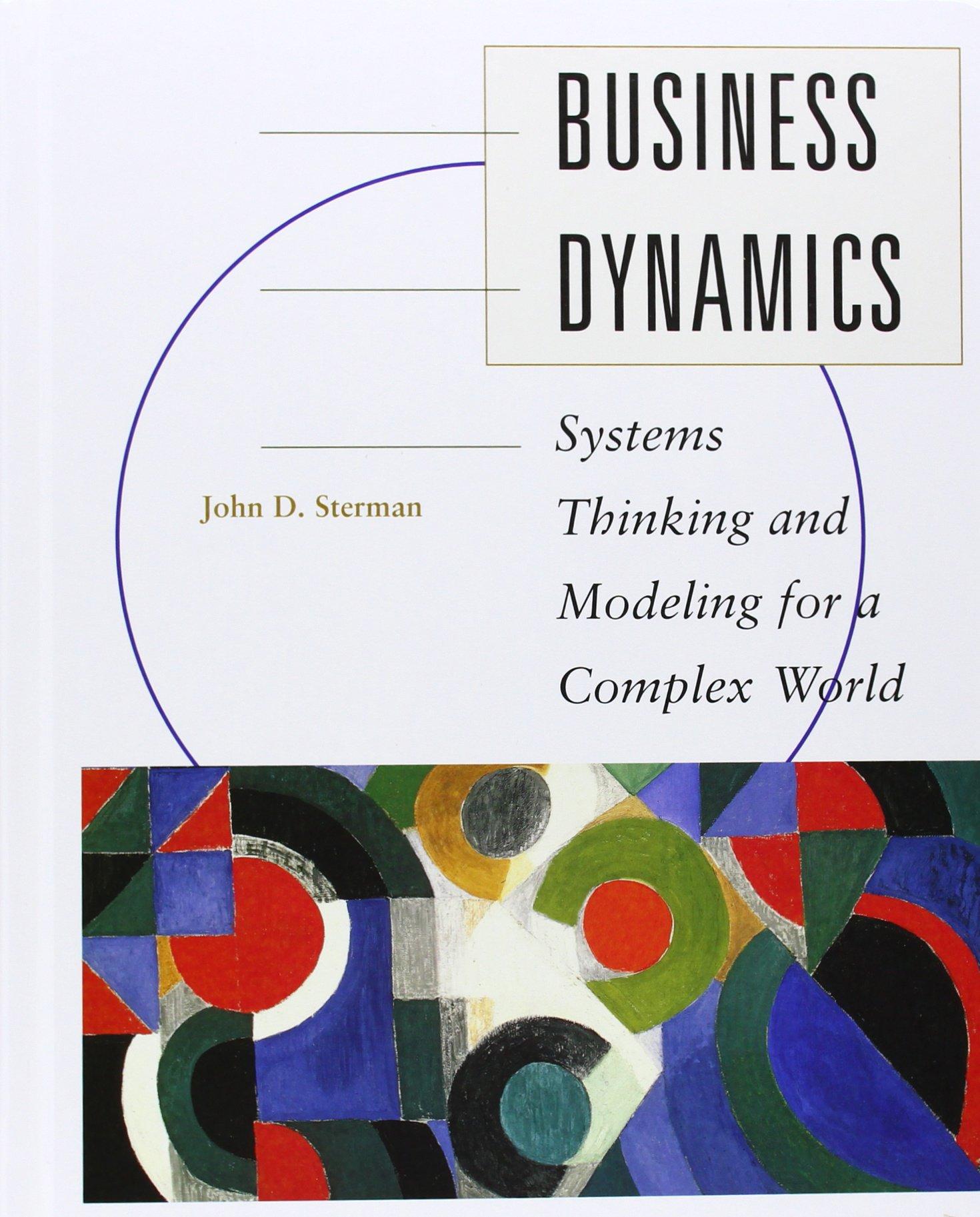Question
Imagine having a management system so successful people that refer to it with capital lettersthe Lincoln Management Systemand other businesses benchmark their own systems by
Imagine having a management system so successful people that refer to it with capital lettersthe Lincoln Management Systemand other businesses benchmark their own systems by it. That is the situation of Ohio-based Lincoln Electric. For a number of years, other companies have tried to figure out Lincoln Electric's secret: how management coaxes maximum productivity and quality from its workers even during difficult financial times. Lincoln Electric is a leading manufacturer of welding products, welding equipment, and electric motors, with more than $1 billion in sales and 6,000 workers worldwide. The company's products are used for cutting, manufacturing, and repairing other metal products.
Lincoln uses a diverse control approach. Tasks are precisely defined, and individual employees must exceed strict performance goals in order to achieve top pay. The incentive and control system is powerful. Production workers are paid on a piece-rate basis, plus merit pay based on performance. Employees are eligible for annual bonuses, which fluctuate according to the company's profits, and they participate in stock purchase plans. A worker's bonus is based on four factors: work productivity, work quality, dependability, and cooperation with others. Some factory workers at Lincoln have earned more than $100,000 a year.
However, the Lincoln system succeeds largely because of an organizational culture based on openness and trust, shared control, and an egalitarian spirit. Though the line between managers and workers at Lincoln is firmly drawn, managers respect the expertise of production workers and value their contributions to many aspects of the business. The company has an open-door policy for all top executives, middle managers, and production workers, and regular face-to- face communication is encouraged. Workers are expected to challenge management if they believe practices or compensation rates are unfair. Most workers are hired right out of high school, and then trained and cross-trained to perform different jobs. Some are promoted to executive positions because Lincoln believes in promoting from within.
One of Lincoln's founders felt that organizations should be based on certain values, including honesty, trustworthiness, openness, self-management, loyalty, accountability, and cooperativeness. These values continue to form the core of Lincoln's culture, and management regularly rewards employees who manifest them. Because Lincoln so effectively socializes employees, they exercise a great degree of self-control on the job. There are 100 workers for each foreman. There are less tangible rewards to complement the piece-rate incentive system. Pride of workmanship and feelings of involvement, contribution, and esprit de corps are intrinsic rewards that flourish at Lincoln Electric. Cross-functional teams, empowered to make decisions, take responsibility for product planning, development, and marketing. Information about the company's operations and financial performance is openly shared with workers.
Lincoln places emphasis on anticipating and solving customer problems. Sales representatives are given the technical training they need to understand customer needs, help customers understand and use Lincoln's products, and solve problems. This customer focus is backed up by attention to the production process through the use of strict accountability standards and formal measurements for productivity quality, and innovation for all employees. In addition, a software program called Rhythm is used to streamline the flow of goods and materials in the production process.
Lincoln's system worked so well in the United States that senior executives decided to extend it overseas. Lincoln built or purchased eleven plants in Japan, South America, and Europe, with plans to run the plants from the United States using Lincoln's expertise with management control systems. Managers saw the opportunity to beat local competition by applying manufacturing control incentive systems to reduce costs and raise production in plants around the world. The results were abysmal and nearly sunk the company. Managers at international plants failed to meet their production and financial goals every year; they exaggerated the goals sent to Lincoln's managers to receive more resources, especially during the recession in Europe and South America. Many overseas managers had no innate desire to increase sales, and workers were found sleeping on benches because of not enough work. The European labor culture was hostile to the piecework and bonus control system. The huge losses in the international plants, which could not seem to adopt Lincoln's vaunted control systems, meant the company would have to borrow money to pay U.S. workers' bonuses, or forgo bonuses for the first time in Lincoln's history. Top managers began to question whether the Lincoln Management System could be transferred to other countries and wondered whether they simply misunderstood how to apply it in other cultures.
Questions
1.What types of control feedforward, concurrent, or feedbackare illustrated in this case?
2.Based on what you have read, what do you think makes the Lincoln System so successful in the United States?
3.What is the problem with transporting Lincoln's control systems to other national cultures? What suggestions would you make to Lincoln's managers to make future international manufacturing plants more successful?
Step by Step Solution
There are 3 Steps involved in it
Step: 1

Get Instant Access to Expert-Tailored Solutions
See step-by-step solutions with expert insights and AI powered tools for academic success
Step: 2

Step: 3

Ace Your Homework with AI
Get the answers you need in no time with our AI-driven, step-by-step assistance
Get Started


